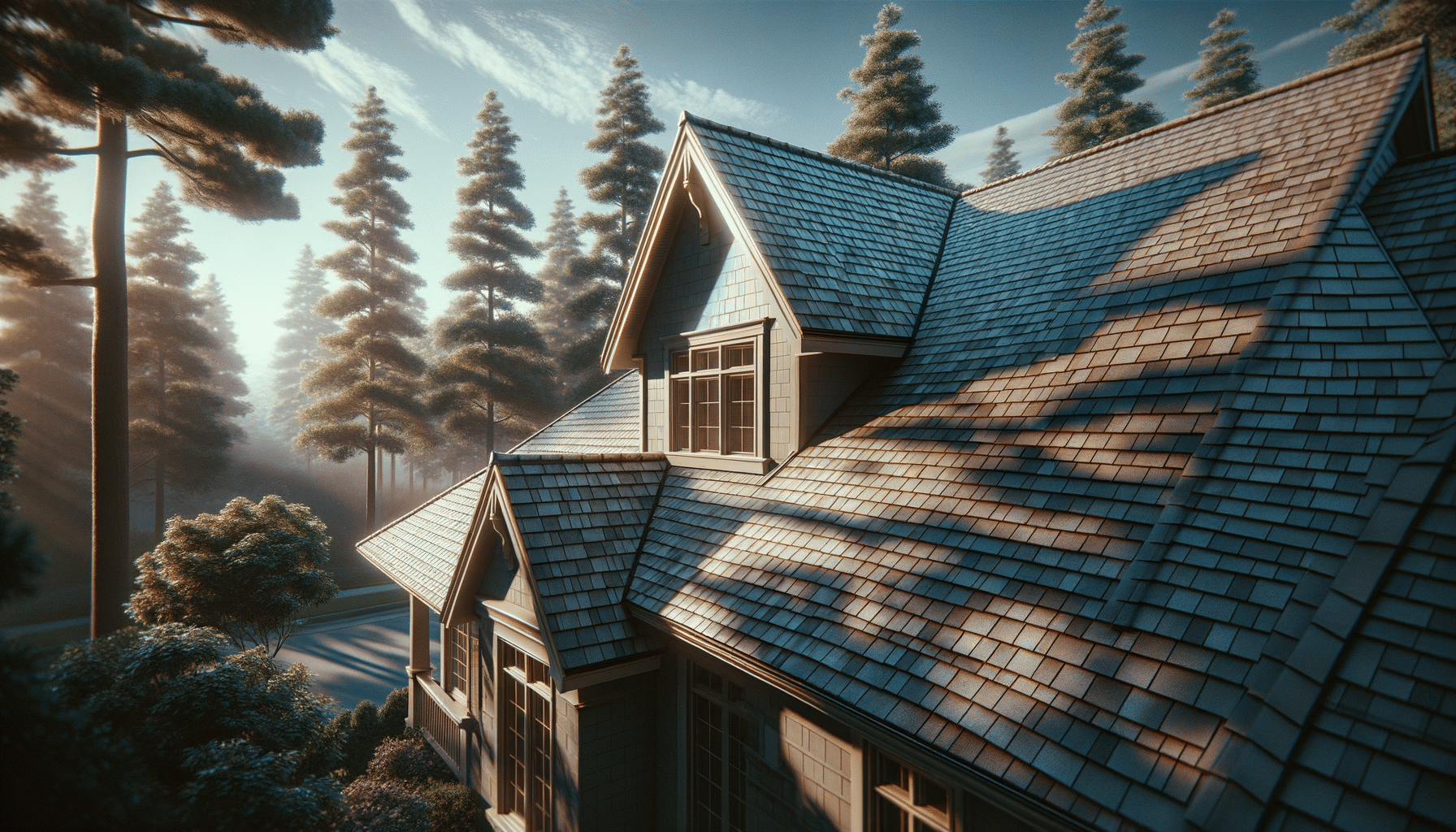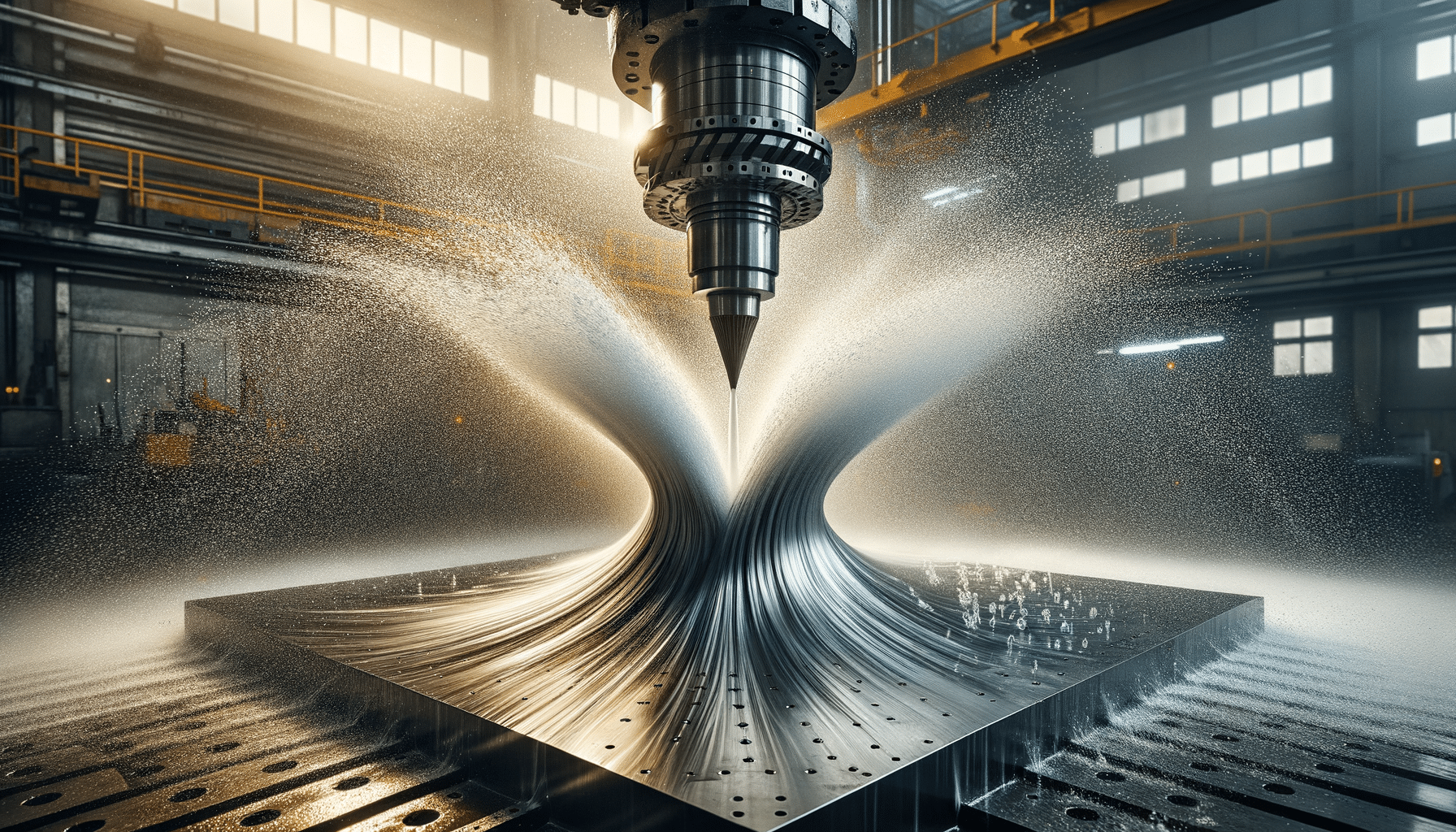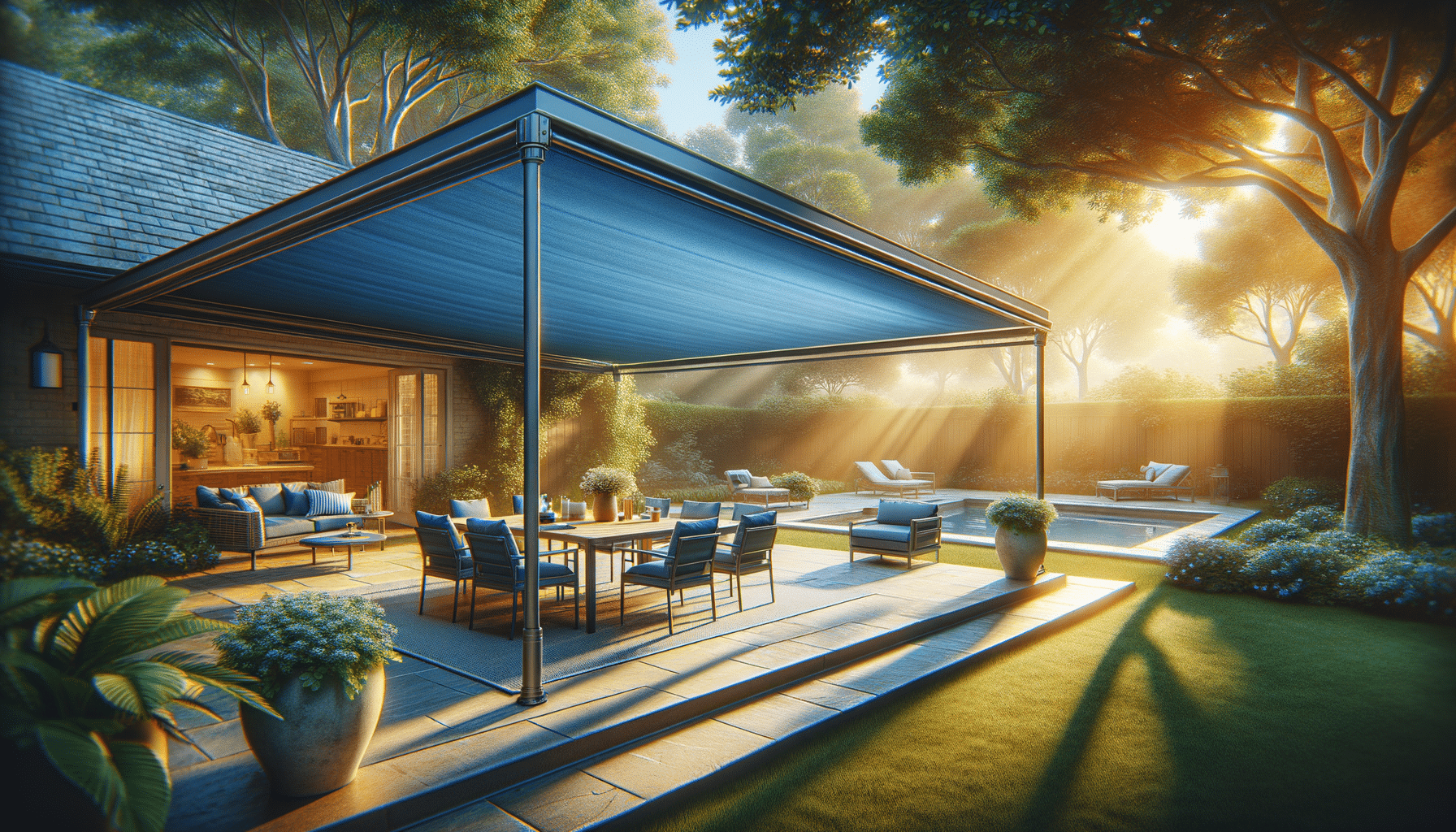
Learn more about shingles roofing
Introduction to Shingles Roofing
When it comes to protecting your home from the elements, roofing plays a pivotal role. Among the diverse roofing options available, shingles roofing stands out for its versatility and durability. This article delves into the intricacies of shingles roofing, exploring its benefits, various types, installation processes, and maintenance tips. Understanding these aspects can help homeowners make informed decisions, ensuring their homes are not only aesthetically pleasing but also well-protected.
Benefits of Shingles Roofing
Shingles roofing offers a multitude of benefits that make it a popular choice among homeowners. Primarily, shingles provide excellent weather resistance, safeguarding homes from rain, wind, and even hail. The overlap design of shingles ensures that water is efficiently directed away from the roof, reducing the risk of leaks.
Additionally, shingles are known for their aesthetic appeal. Available in a range of colors and styles, they can complement various architectural designs, enhancing the overall look of a home. Shingles are also relatively easy to install, which can result in lower labor costs compared to other roofing materials.
Another significant advantage is the cost-effectiveness of shingles. They are generally more affordable than other roofing options like tiles or metal, making them accessible for a broader range of budgets. Furthermore, shingles offer good insulation properties, contributing to energy efficiency by maintaining indoor temperatures and reducing heating and cooling costs.
Types of Shingles Roofing
There are several types of shingles roofing, each with unique characteristics and benefits. Asphalt shingles are the most common, known for their affordability and ease of installation. They come in two main varieties: organic and fiberglass. Organic shingles are made from paper saturated with asphalt, while fiberglass shingles have a fiberglass mat, providing better fire resistance.
Wood shingles offer a natural and rustic look, often used in traditional or historic homes. They are typically made from cedar, redwood, or pine, offering a natural resistance to insects and decay. However, they require regular maintenance to prevent mold and rot.
Metal shingles provide durability and are an excellent choice for areas prone to extreme weather conditions. They are lightweight, fire-resistant, and can last up to 50 years with proper maintenance. Slate shingles, on the other hand, are known for their longevity and elegance, though they come at a higher cost.
Installation Process of Shingles Roofing
The installation of shingles roofing involves several crucial steps to ensure durability and effectiveness. Initially, the roof surface must be prepared by removing any old roofing materials and repairing any damage to the underlying structure. This step is vital to provide a solid base for the new shingles.
Next, an underlayment is applied to create a moisture barrier, followed by the installation of starter shingles along the edges of the roof. This helps prevent water infiltration at the seams. The main shingles are then laid in an overlapping pattern, starting from the bottom edge of the roof and working upwards. This ensures that water flows off the roof efficiently.
Proper alignment and spacing of the shingles are essential to avoid gaps and ensure a uniform appearance. The installation process concludes with the placement of ridge shingles, which cover the roof’s peak and provide additional weather protection.
Maintenance Tips for Shingles Roofing
To prolong the life of shingles roofing and maintain its appearance, regular maintenance is essential. Start by inspecting the roof at least twice a year, particularly after severe weather events. Look for damaged, loose, or missing shingles and address any issues promptly to prevent further damage.
Keep the roof clear of debris such as leaves and branches, which can trap moisture and lead to mold growth. Cleaning the gutters regularly is also crucial to ensure proper drainage and prevent water from backing up under the shingles.
Additionally, trim overhanging tree branches to minimize the risk of damage from falling limbs and to reduce shade, which can promote the growth of moss and algae. For areas prone to moss, consider applying a moss prevention treatment to the roof.
By following these maintenance tips, homeowners can ensure their shingles roofing remains in top condition, providing effective protection for years to come.


